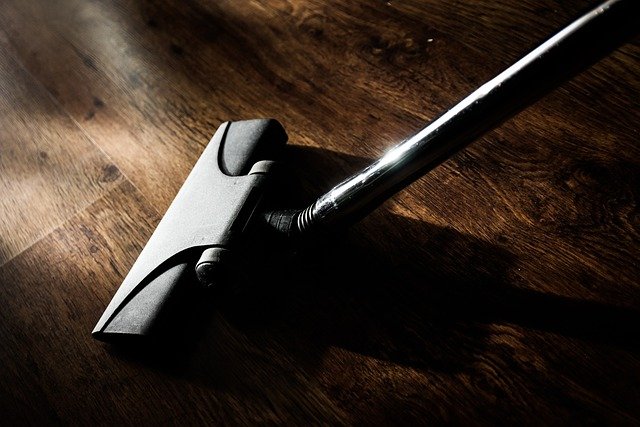Comparing application methods for gel-based household cleaners
Gel-based household cleaners are increasingly used for targeted cleaning tasks because their viscous formulation adheres to surfaces and allows longer contact time with stains. Choosing the right application method influences how effectively a concentrate works, how much residue remains, and whether delicate finishes stay undamaged. This article examines practical application techniques and safety considerations for a range of household situations.

How does viscous formulation affect application?
A viscous formulation changes how a cleaner behaves once applied. Gel viscosity helps the product cling to vertical or textured surfaces, extending contact time with a stain without running off. That makes gels useful for grout, shower doors, and vertical appliances where a liquid concentrate would drip away. However, higher viscosity can require different applicators — sponges, squeeze bottles, or brush heads — to control dosage and spread the gel evenly without waste.
Which surfaces suit gel application?
Gels are often preferred on porous or vertical surfaces because they reduce runoff and target stains directly. Common suitable surfaces include tile grout, some countertops, sealed wood, and certain metals. For delicate finishes such as painted surfaces, varnished wood, or soft plastics, choose nonabrasive formulations and test a small area first. Gels that advertise nonabrasive action are less likely to etch or dull delicate materials, but always follow manufacturer instructions for safe use.
What’s the role of concentrate and dosage?
Many gel cleaners are formulated as a concentrate or come ready-to-use; dosage matters either way. Concentrates may be diluted to adjust strength for light maintenance versus heavy stain removal. Controlled dosage is especially important with viscous products because applying too much can leave residue that requires rinsing. Portable dispensing options — pump bottles, squeeze tubes, or measured applicators — help deliver consistent dosage and prevent overuse, reducing both waste and the need for extra rinsing.
How to manage residue and maintenance?
Residue management is a key consideration with gel cleaners. Because gels cling longer, they can leave a tacky layer if not fully removed, especially on nonporous surfaces. Post-application maintenance — gentle agitation with a nonabrasive cloth or rinsing with water — is often necessary to clear residue. Routine maintenance becomes easier when using formulations designed for minimal residue; such products typically balance viscosity and rinseability so surfaces stay cleaner longer without repeated heavy cleaning.
Are biodegradable and eco safety considerations?
Eco and safety factors influence product choice and application method. Biodegradable formulations reduce environmental impact from rinsing and wastewater, but proper application still matters: avoid excessive use that can increase chemical load. For portable, small-area tasks, a targeted gel application minimizes total product used compared with spraying broader areas. Always follow label safety guidance, use ventilation where recommended, and avoid mixing cleaners. For households with children or pets, secure storage and measured dosing reduce accidental exposure risks.
Best practices for delicate areas and stain removal
Delicate surfaces and stubborn stains need a balanced approach: use a nonabrasive gel formulation and apply it sparingly with an appropriate tool. For example, use a soft-bristled brush or microfiber cloth to work gel into grout lines, and a gentle squeeze applicator for spots on upholstery or fabric designed to accept wet cleaning. Allow the gel to act for the recommended time, then blot or rinse carefully to avoid transferring loosened stain back onto the surface. For persistent stains, repeat short, measured applications rather than one heavy application to protect finishes.
Conclusion
Selecting the right application method for gel-based household cleaners depends on surface type, stain severity, and product formulation. Viscous gels offer targeted contact time and reduced runoff but require attention to dosage, residue management, and tool choice. Consider biodegradable and nonabrasive formulations for sensitive areas, employ measured dispensers for consistent application, and always test an inconspicuous spot on delicate surfaces before full use. Thoughtful application supports effective cleaning while preserving finishes and reducing unnecessary chemical exposure.






